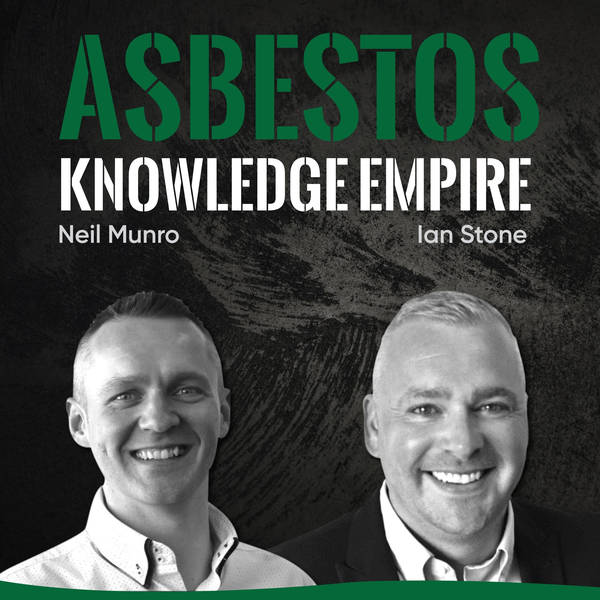
Working with Asbestos in hot conditions, what’s the problem?
In this episode Neil and Ian discuss the issues surrounding asbestos works which involve working in hot environments.
Hot working Examples: Boiler rooms, ducts and confined spaces, Attics in summer, Working outside in summer e.g. polyethene enclosures next to glazing,
Issues around enclosures failing (falling down)
Additional hot risks within: steam pipes, heating pipes which also bring a risk of serious burns from first degree where only the outer layer of the skin is affected
up to fourth degree burns where burns go through the layers of the skin and affect the deeper tissue affecting the muscle and bone
Issues around operatives working temperatures
What’s too hot and how do you work around this?
Normal body temperature is between 36.1°C to 37.2°C. If it rises above 38°C, something serious is going wrong.
What are the effects of heat stress?
Heat stress can affect individuals in different ways, and some people are more susceptible to it than others.
Typical symptoms are:
an inability to concentrate muscle cramps heat rash severe thirst - a late symptom of heat stress fainting heat exhaustion - fatigue, giddiness, nausea, headache, moist skin heat stroke - hot dry skin, confusion, convulsions and eventual loss of consciousness. This is the most severe disorder and can result in death if not detected at an early stage
Heat stroke – a body temperature above 40°C -is fatal without urgent attention
The body can cool itself even if the outside temperature is hotter than body temperature.
Further complicated if you’re active or wearing clothing
What can you do?
Firstly, can you eliminate the risk from the heat? Turn boilers off, postpone the works until winter?
How can you reduce?
Introduce greater air flow into the enclosure with additional negative pressure.
Introduce air coolers or conditioning units to lower the temperature
Reduce working times and introduce regular breaks. Prevent dehydration by supplying cool water and encourage workers to drink frequently.
Personnel requirements
Ensure the operatives are adequately trained.
Advise on the risks of heat stress,
What the symptoms to look out for
Safe working practices
Emergency procedures.